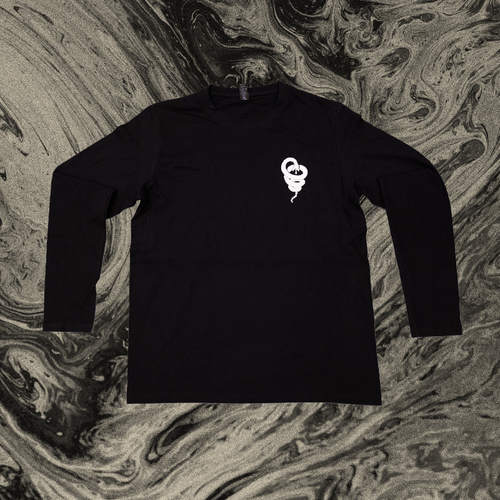Going Bottomless
To kick off our blog I decided to record me machining out our portafilters to make them bottomless. A bottomless or naked portafilter is just a portafilter that has had its bottom half cut off. We decided to do this for a number of reasons. The first being shot calibration. When preparing for a shot of espresso you have to play with a number of variables. Grind size, fluctuation in burr temperature, distribution, tamping level, tamping pressure, water temperature, apparatus temperature, extraction time, flow rate... the list goes on. All of these variables and more play into how your shot of espresso will extract. To make things even more complicated, each coffee has its own unique extraction percentage that best exhibits its qualities.

Dope.
There are a number of ways to measure extraction, the two most important being taste and TDS. Using these two control methods ensures super sweet shots of espresso all round. Taste is the most important, as at the end of the day, what you taste is what your customers will get. TDS measured using a refractometer, is used as a secondary quality control. It measures the 'total dissolved solids' in your espresso or coffee, which is basically just how much of the coffee actually dissolved and extracted into the water and into your cup. TDS is then converted into an extraction yield (%), in which we aim to be between 18% and 22%. Going in to this however, is for another time.

This punk drill is so sharp
There are also other measures used to maintain consistent extractions, one being the flow of espresso from the portafilter basket. Usually this Instagram worthy sight is hidden under a cold metal portafilter spout, and you cannot see it or the possible problem. Having a bottomless portafilter allows you to check for any channelling, side channelling, spurting or blonding coming from the coffee puck. All of these issues can lead to under extraction and worst of all... sour coffee. When pulling a shot of espresso, the water which is under high pressure will try and find the easiest and quickest route through the coffee puck and portafilter. Channeling is where the water being shot though the coffee puck under pressure finds this quick and fast route through the area's of lowest density. Low density and high density in certain areas of the coffee puck is the result of un-even distribution of coffee grounds and un-even tamping.

So now for the point of this all. If I tamp or distribute un-evenly, I can see the direct result through our new bottomless portafilters! The stream of espresso will side channel and spurt, giving me an idea of what went wrong and allowing me to improve technique in the next shot. Simple right?
Plus doesn't it just look beautiful...
We used a metal drill bit, clamped it into a pillar drill and got going. I was surprised at how quick it was, only taking about a minute to get through. I then polished it with an electric screwdriver to smooth out the sharp edges from the drilling. After polishing and cleaning I popped in our VST baskets and away it went! If you have any questions on how it was done, send me an email and I'll give you more in-depth instructions.
Below is a few of the shots I took while transforming our normal double shot PF's into bad ass bottomless PF's:

Pre-naked portafilter

Post cutting touch up to smooth out the sharp edges

Finished PF ready for clean, flat and even coffee pucks producing perfectly extracted espresso

There was a fair amount of polishing needing to be done




